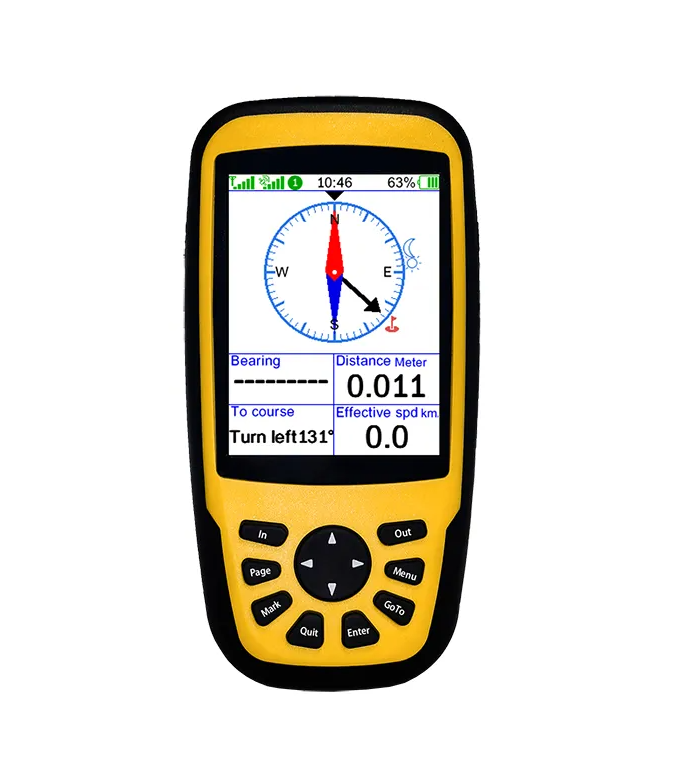
Smart navigation solutions leverage artificial intelligence to provide predictive insights and automated guidance, revolutionizing traditional farming practices.
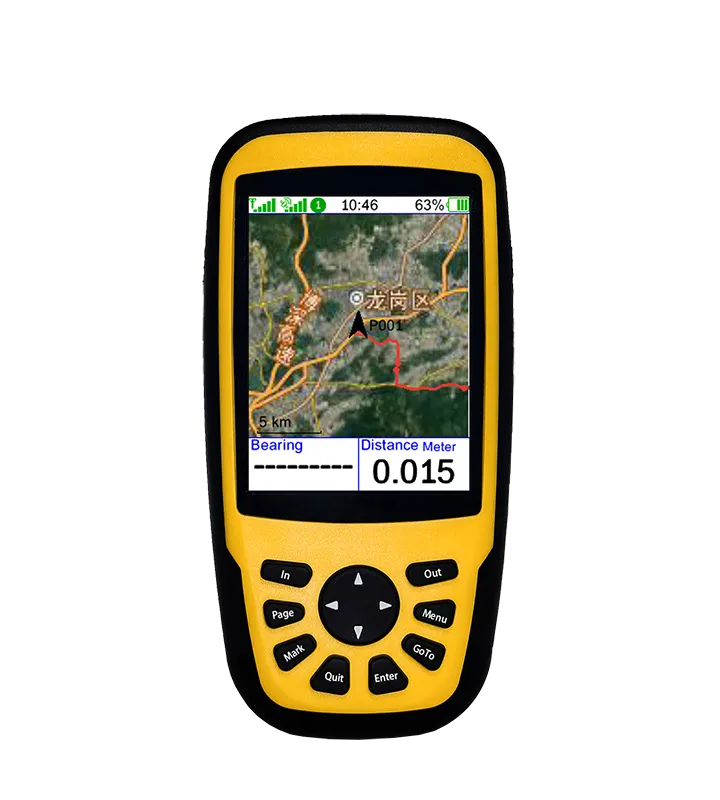
In the present day, it is very important for farmers to have global positioning system devices designed for field navigation. These gadgets provide up-to-date information about position and other relevant data that enable them move around their farms with accuracy and simplicity. They are used by farmers to guide tractors when planting crops or while monitoring self-driving machinery among others so that all areas of the farm can be managed well. This method not only improves efficiency during work but also helps save fuel and reduce labor expenses thereby promoting sustainable agriculture.
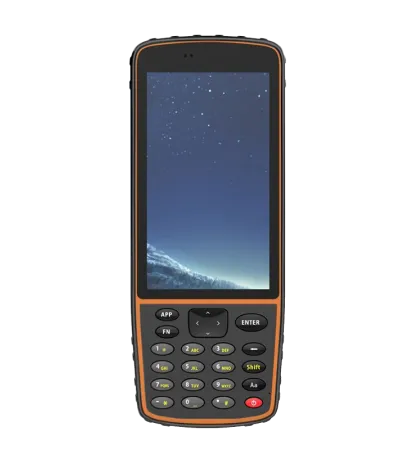
Agricultural precision has never been more accurate than with the use of precision navigation systems for agriculture. This invention allows farmers to plant, fertilize and spray with unmatched exactness thereby ensuring even application as well as lowering input costs through such means. Crop health is enhanced by these devices too because they reduce overlaps and skips thus improving yields which would have been attained were it not for them. On top of all that, there is data gathering provided by this technology which can be utilized in analyzing different farming methods leading to better efficiency and sustainability within agriculture itself.

Self-guided field navigation is the most promising agricultural solution for the future and a peek into what would be fully automatic farming. This is done by use of GPS technology alongside sophisticated sensors plus machine learning algorithms that lets machines work on their own. Autonomous tractors and harvesters are capable of doing jobs in an accurate manner which reduces human involvement as well as cutting down labor expenses. Further improvement in efficiency levels within farms can be achieved through this technology advancement while also making them sustainable and more profitable in the long run as it continues to grow too.
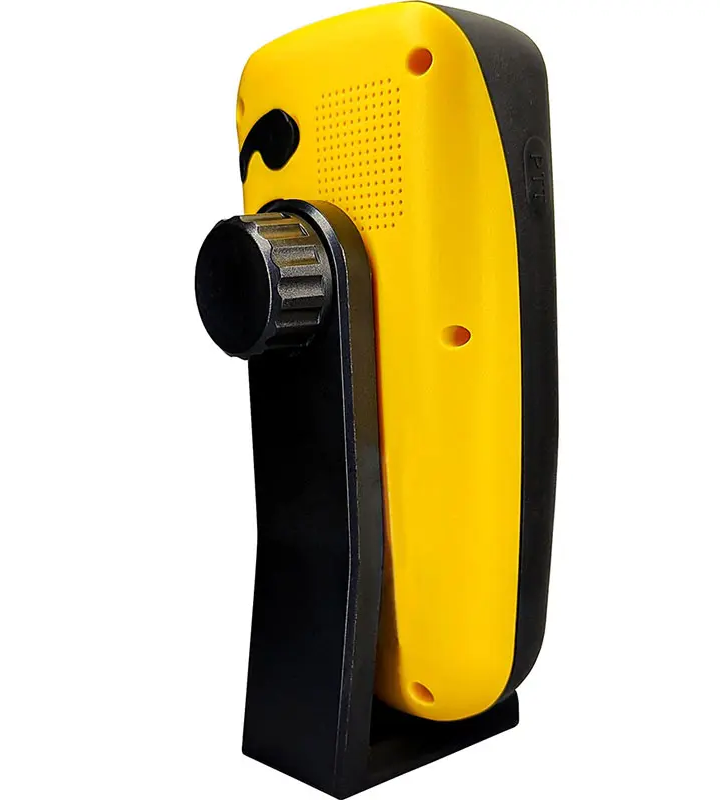
Advanced navigation systems for fields are very important in the progress of crop management. These systems provide farmers with the right information at the right time about their fields, enabling them to make good choices on planting, watering and pest control among others. They also guide machinery so that fertilizers and pesticides can be applied only where necessary hence reducing wastage and environmental pollution. Furthermore, by ensuring prompt action is taken where there is need most, real-time monitoring of crop health promotes maximum growth as well as higher output quantities . Sustainable production in agriculture heavily relies upon such precision levels plus this ability for control over what happens when farming is done.
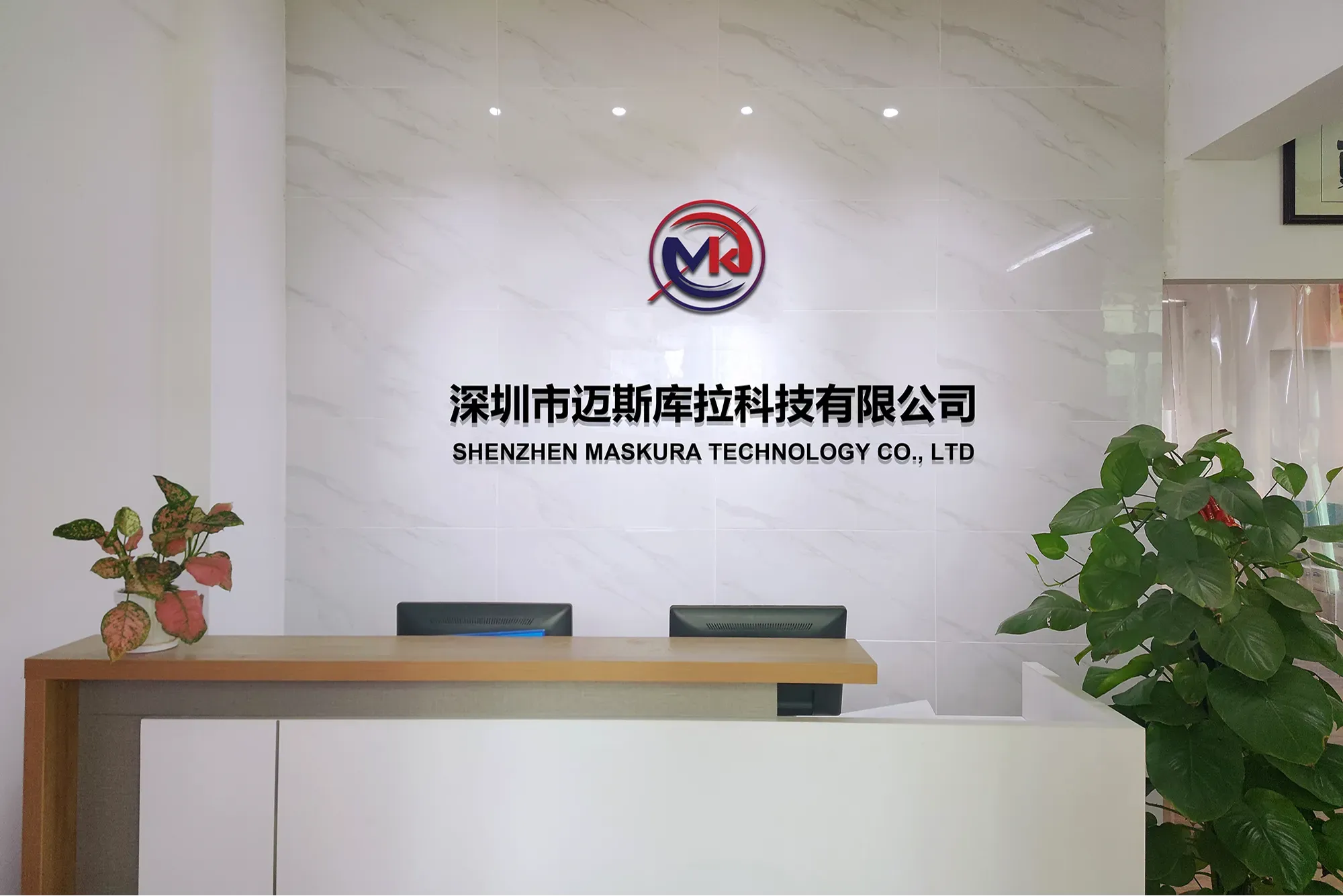
Shenzhen Maskura Technology, a renowned manufacturer of Hi-tech GNSS surveying equipment, has been at the forefront of innovation since its establishment in 2011. Specializing in a diverse range of products including RTK receivers, antennas, sophisticated software, land levelers, and autopilot systems, the company offers dependable and high-quality solutions to customers across the globe. With a focus on precision and accuracy, Maskura Technology's surveying equipment is trusted by professionals in various industries, ensuring accurate measurements and seamless operations. The company's commitment to excellence and continuous innovation has made it a leading choice for those seeking advanced surveying solutions.
Delivering cutting-edge technological advancements for diverse industries.
Ensuring superior product quality with rigorous testing and precision engineering.
Providing tailored solutions and excellent support to meet unique client needs.
Committed to meeting client needs with tailored solutions and exceptional support.
Navigating a competitive career field can be challenging, but with the right strategies, you can position yourself for success. Here are some key steps to help you thrive in a highly competitive environment:
1. Develop a Unique Value Proposition
Identify what sets you apart from others in your field. This could be a unique skill, a particular area of expertise, or a distinctive approach to problem-solving. Clearly articulate this value proposition in your resume, cover letter, and during interviews.
2. Continuous Learning and Skill Development
In a competitive career field, staying updated with the latest industry trends and continuously improving your skills is crucial. Enroll in relevant courses, attend workshops, and seek out professional development opportunities. Certifications and advanced degrees can also enhance your qualifications.
3. Networking
Building a robust professional network can open doors to new opportunities. Attend industry conferences, join professional organizations, and connect with peers and mentors on LinkedIn. Networking can provide insights into job openings, industry trends, and career advice.
4. Personal Branding
Cultivate a strong personal brand that reflects your professional strengths and values. This includes maintaining an updated LinkedIn profile, creating a personal website or blog, and being active on social media platforms relevant to your industry. Share your expertise through articles, presentations, and speaking engagements.
5. Seek Mentorship
Find mentors who can offer guidance, support, and valuable industry insights. Mentors can help you navigate your career path, provide feedback on your performance, and introduce you to key contacts in your field.
6. Gain Relevant Experience
Seek out internships, volunteer opportunities, and part-time roles that can provide relevant experience and help build your resume. Practical experience is often just as valuable as academic qualifications and can set you apart from other candidates.
7. Be Adaptable and Resilient
The ability to adapt to changing circumstances and bounce back from setbacks is crucial in a competitive career field. Stay flexible, embrace new challenges, and learn from your mistakes. Resilience will help you persevere through difficult times and keep you focused on your long-term goals.
8. Effective Job Search Strategies
When searching for a job, tailor your resume and cover letter to each position, highlighting your most relevant experiences and skills. Use multiple job search platforms and consider working with recruitment agencies to broaden your reach.
By focusing on these strategies, you can effectively navigate a competitive career field, making yourself a standout candidate and positioning yourself for long-term success.
Birds use the Earth's magnetic field to navigate through a process called magnetoreception. This remarkable ability helps them undertake long migrations and find their way across vast distances. Here’s a simplified explanation of how they do it:
1. Specialized Cells: Birds have specialized cells containing magnetite, a magnetic mineral, located in their beaks or brains. These cells can detect the Earth's magnetic field, providing birds with directional information.
2. Cryptochromes: In addition to magnetite, birds' eyes contain proteins called cryptochromes. These proteins are sensitive to blue light and are thought to play a role in detecting magnetic fields. When birds are exposed to light, cryptochromes may help them visualize the magnetic field, allowing them to "see" the direction they need to travel.
3. Brain Integration: The information gathered from magnetite and cryptochromes is processed in the bird’s brain. The brain integrates this magnetic information with visual and other sensory inputs to help the bird determine its position and direction.
4. Navigational Map: Birds create an internal navigational map using the Earth's magnetic field. This map allows them to determine their latitude and possibly even their longitude, helping them migrate accurately across continents.
5. Calibration: Birds also use other environmental cues, such as the position of the sun and stars, to calibrate their magnetic compass. This combination of cues ensures they stay on the correct migratory path.
In summary, birds use a combination of magnetite-based detection, light-sensitive cryptochromes, and brain integration to sense and navigate using the Earth's magnetic field. This sophisticated system allows them to undertake precise long-distance migrations with remarkable accuracy.
Several animals use the Earth's magnetic field for navigation. Here are some key examples:
1. Birds: Many migratory birds, such as the Arctic Tern and the European Robin, use the Earth's magnetic field to travel long distances during their seasonal migrations.
2. Sea Turtles: Species like the Loggerhead Sea Turtle use magnetic fields to navigate across oceans, finding their way back to the same beaches where they hatched to lay their eggs.
3. Fish: Some fish, including salmon and eels, use magnetic fields to navigate during their long migrations between freshwater and saltwater environments.
4. Mammals: Certain mammals, such as bats and whales, are believed to use the Earth's magnetic field to aid in long-distance navigation. Whales, for instance, may use it to guide their migrations across vast oceanic distances.
5. Insects: Insects like honeybees and monarch butterflies utilize the magnetic field for navigation. Monarch butterflies use it to migrate thousands of miles to their wintering grounds in Mexico.
6. Lobsters: Spiny lobsters use magnetic fields to navigate back to their home locations after traveling long distances in search of food.
These animals rely on magnetoreception, a sense that allows them to detect the Earth's magnetic field and use it for orientation and navigation during their journeys.
In navigation mode, to select the first field value in the first record using keyboard shortcuts, you typically use the combination of keys that move the cursor to the beginning of the field. This often involves using the Home key on your keyboard. The Home key is designed to move the cursor to the start of the current line or field, which, in the context of navigating through records, would take you to the beginning of the first field in the currently selected record. This shortcut is efficient for quickly accessing or editing the initial data entry point of your database or spreadsheet application without manually scrolling or clicking with a mouse.
